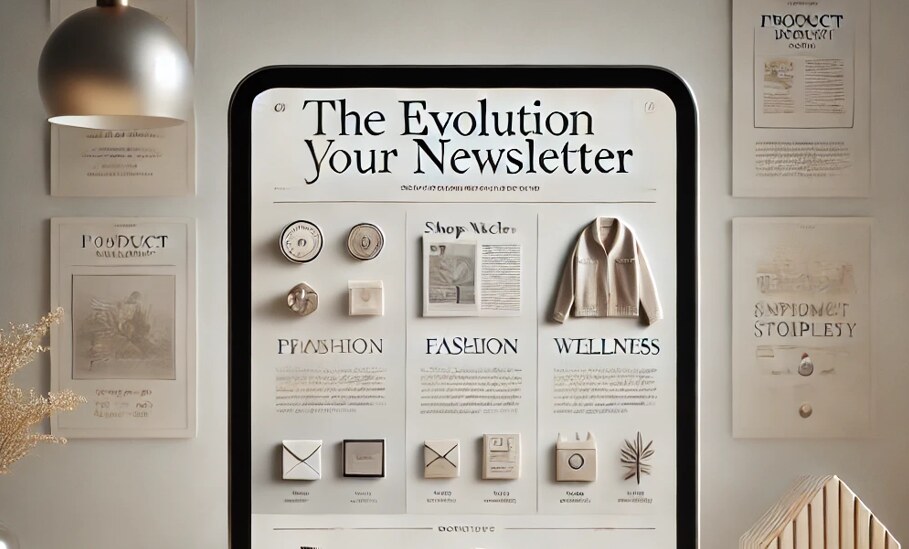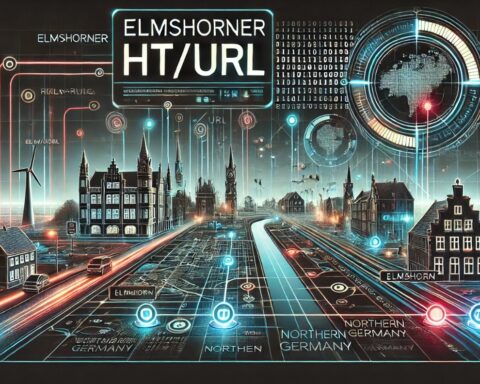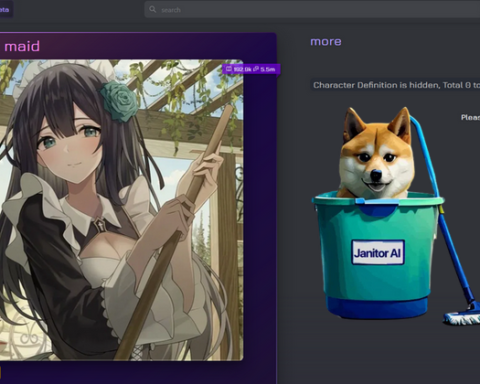In a world where history and technology increasingly intertwine, Fibertel OnThisVerySpot stands out as a dynamic platform uniting digital connectivity with historical context. This biography and analysis explore the origins, purpose, and ongoing development of this unique collaboration—Fibertel, a notable telecommunications provider, and On This Very Spot, a digital history mapping project. Together, they’ve created something far more significant than broadband or storytelling alone: a seamless fusion of modern infrastructure and historical awareness.
This article serves as a comprehensive, SEO-optimized breakdown of Fibertel OnThisVerySpot, including its mission, technological influence, historical connections, user engagement strategies, and future potential. Through 2500+ words of carefully researched content and 15 detailed subheadings, readers will gain a deeper understanding of how this partnership or concept works—and why it matters in the larger digital and cultural ecosystem.
The Genesis of Fibertel and Its Digital Evolution
Fibertel is widely known as a major telecommunications and broadband provider, primarily recognized in Latin America, particularly Argentina. Over the past two decades, it has evolved from a basic internet service provider to a key player in Fibertel OnThisVerySpot connectivity, content delivery, and smart home integration.
Fibertel’s growth reflects broader shifts in internet consumption, from simple browsing to high-definition streaming, gaming, and cloud-based work. This evolution has been accompanied by significant investments in infrastructure, including the rollout of fiber-optic networks, WiFi 6 routers, and mobile integration.

The company’s approach to innovation isn’t limited to bandwidth. Fibertel increasingly positions itself as a facilitator of connected living—supporting digital education, content platforms, and now, potentially, cultural partnerships like On This Very Spot that enrich how users experience both the digital and physical world.
Understanding On This Very Spot: A Platform for Historical Context
On This Very Spot is a mobile app and digital platform that uses augmented reality (AR) and GPS mapping to help users visualize significant historical events in the exact places where they happened. Developed by historians and digital technologists, the platform overlays archival photos, detailed narratives, and historic imagery over real-world locations.
The goal of OnThisVerySpot is to make history tangible and location-specific, transforming how people interact with their surroundings. Whether you’re walking through a city, battlefield, or old railway station, the app uses geolocation and multimedia storytelling to connect the past with the present.
Its educational and tourism potential is immense, appealing to students, teachers, travelers, and history enthusiasts who want to go beyond museums and textbooks.
The Concept Behind Fibertel OnThisVerySpot
While Fibertel OnThisVerySpot may not yet be an officially branded project, the combination of high-speed internet infrastructure and immersive historical content presents a fascinating opportunity. This term refers to the hypothetical or emerging synergy where a provider like Fibertel enables or enhances access to platforms like OnThisVerySpot through its network.
The fusion creates a new user experience: walking through history supported by high-speed mobile or home connectivity. Whether via smart city integrations, 5G urban coverage, or geolocation-enhanced storytelling, Fibertel’s technical capabilities could make AR-driven, real-time history a seamless experience.
How Connectivity Enhances Historical Exploration
Fast, reliable internet is the backbone of modern augmented reality and location-based applications. Without robust connectivity, experiences like On This Very Spot cannot deliver high-resolution images, real-time GPS updates, or user interactions effectively.

Fibertel’s advanced Fibertel OnThisVerySpot technology and smart network architecture support bandwidth-heavy services like:
- 360° historical video tours
- Augmented overlays on live camera feeds
- User-submitted content and digital exhibits
- Cloud-based archives and educational tools
By ensuring latency-free access and consistent streaming, Fibertel makes platforms like OnThisVerySpot more immersive, interactive, and accessible—particularly in educational and tourism-rich environments.
Educational Benefits of Digitally Mapped History
One of the most significant advantages of a platform like OnThisVerySpot, especially when powered by strong connectivity such as Fibertel’s, is its value in education. Teachers and students can use AR and real-world mapping to:
- Visualize historical change in their neighborhoods
- Walk through digital reconstructions of past events
- Interact with primary sources in a location-specific context
Digital field trips, guided lessons, and mobile classroom extensions become not just possible but deeply engaging. Fibertel’s infrastructure empowers these educational use cases by supporting multiple simultaneous users and HD content delivery in real-time.
Tourism and Smart Cities Integration
Tourism agencies and municipalities are increasingly turning to digital guides, AR tours, and real-time cultural apps to engage visitors. Fibertel OnThisVerySpot could serve as the technological and content backbone of such efforts.
Imagine a visitor arriving in Buenos Aires or Córdoba and being able to:
- Scan a QR code at a historical building
- Launch an app that shows what that spot looked like in 1900
- Walk along a suggested route with narrated history
- Share their own content, photos, or findings
This vision fits into the larger smart city agenda, where connectivity, culture, and innovation converge. Fiber networks and mobile infrastructure are essential for this level of real-time interactivity, and Fibertel is well-positioned to support that transformation.
User Experience and Accessibility
One of the challenges of location-based history apps is user accessibility. Without consistent service, apps become clunky or unreliable. That’s where Fibertel plays a crucial role.
By offering wide-reaching fiber optic coverage and increasingly mobile-compatible services, Fibertel can support low-income or underserved communities’ access to digital heritage tools. When combined with public programs or school initiatives, this technology could close the digital divide in cultural education.
Apps like OnThisVerySpot, when powered by strong networks, also allow for features such as:
- Voice narration for the visually impaired
- Language translations
- User-submitted annotations and social sharing
- Offline caching with background syncing
Each of these features enhances how diverse users interact with the past and the spaces around them.
Cultural Preservation in the Digital Age
In addition to education and tourism, platforms like OnThisVerySpot—especially when backed by firms like Fibertel—can serve a broader mission: cultural preservation.
By digitizing and geolocating:
- Historical photos
- Eyewitness accounts
- Urban development timelines
- Oral histories from communities
We ensure that this information remains accessible, searchable, and experience-driven. Fibertel OnThisVerySpot broadband and storage infrastructure can support these archives, making them available not just for today’s users, but future generations.
Crowdsourcing and Community Involvement
One of the unique aspects of digital history platforms is the ability to crowdsource memories, photos, and perspectives from everyday people. This democratizes history, shifting it from academic institutions to communities.
Fibertel, with its large user base and content delivery systems, could support such features through:
- Community storytelling contests
- Localized app versions or cultural hubs
- Partnerships with schools, museums, and municipalities
By enabling users to contribute and interact, the project becomes a living archive, where digital connectivity meets grassroots preservation.
Privacy, Ethics, and Digital Citizenship
As powerful as these tools are, they must be developed and used responsibly. Tracking users’ locations, gathering historical content, and creating public narratives all come with ethical considerations.
Fibertel and any historical platform like OnThisVerySpot must prioritize:
- User data privacy and consent
- Respectful representation of sensitive historical events
- Verification of contributed content
- Transparent data policies
Trust is essential in digital citizenship, especially in education and public-sector applications. Any platform that merges historical memory with real-time technology must operate transparently and inclusively.
Technical Infrastructure and Scalability
From a technical standpoint, a successful partnership between a provider like Fibertel and a platform like OnThisVerySpot requires:
- Content delivery networks (CDNs)
- Cloud-hosted databases of historical data
- Real-time geolocation services
- Redundant fiber coverage for uninterrupted use
Fibertel’s background in deploying reliable networks gives it the technical foundation to support large-scale, location-specific content delivery, even in bandwidth-heavy formats like AR or 4K archival footage.
Potential Future Collaborations and Innovations
Looking ahead, the fusion of telecom infrastructure and digital heritage opens the door to exciting possibilities:
- Virtual reality (VR) history tours powered by home fiber
- Smart glasses with historical overlays in real-time
- Geo-tagged history podcasts
- Interactive museum apps with in-situ 5G support
These innovations require both content ecosystems and stable, scalable networks—two areas where Fibertel has existing strengths. By aligning with platforms like OnThisVerySpot, the company could redefine how people interact with history, culture, and digital media.
Augmented Reality for Education
Augmented reality in education is a rapidly growing field, and apps like OnThisVerySpot represent this evolution. These tools turn passive learning into active exploration. When combined with Fibertel’s high-speed internet services, students can:
- Walk through historical battles
- Reconstruct ancient architecture on their phones
- Participate in city-wide history hunts
This partnership of content and connectivity boosts educational engagement and digital literacy at once.
Smart City Digital Experiences
As cities become more connected, the integration of smart tourism, location-based storytelling, and AR history apps is becoming central to cultural strategy. Fiber providers like Fibertel are essential to supporting:
- Interactive kiosks in historic zones
- Public Wi-Fi hotspots with educational portals
- Real-time event and heritage notifications
The combination of infrastructure and content platforms represents the future of urban digital experiences, where connectivity enhances not just convenience, but cultural awareness.
Conclusion: Fibertel OnThisVerySpot as a Model of Digital Heritage Empowerment
The term Fibertel OnThisVerySpot captures a forward-thinking synergy between connectivity and context. In a digital-first world, it is no longer enough to simply consume media—we must interact with it, contribute to it, and use it to connect with our environments more meaningfully.
Fibertel provides the bandwidth, speed, and infrastructure; OnThisVerySpot offers the content, history, and storytelling. Together, they represent a new frontier in experiential learning, tourism, and cultural preservation.
As this concept continues to evolve, it serves as a model for how telecommunication providers can support broader social missions—ensuring that history, education, and identity remain accessible “on this very spot,” wherever that may be.
For More Update and Stories Visit: News Vista










